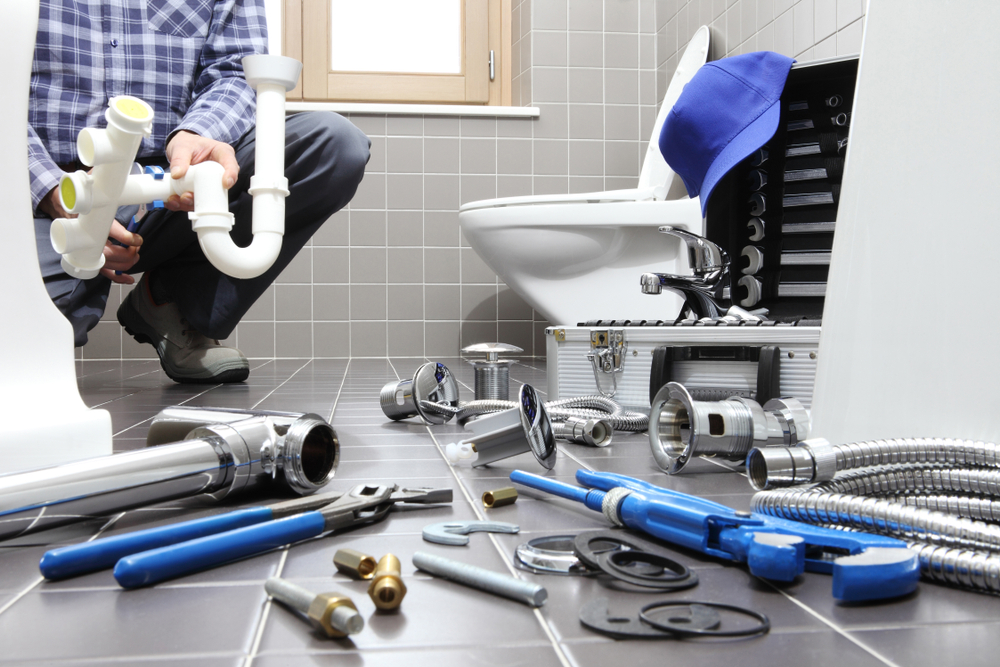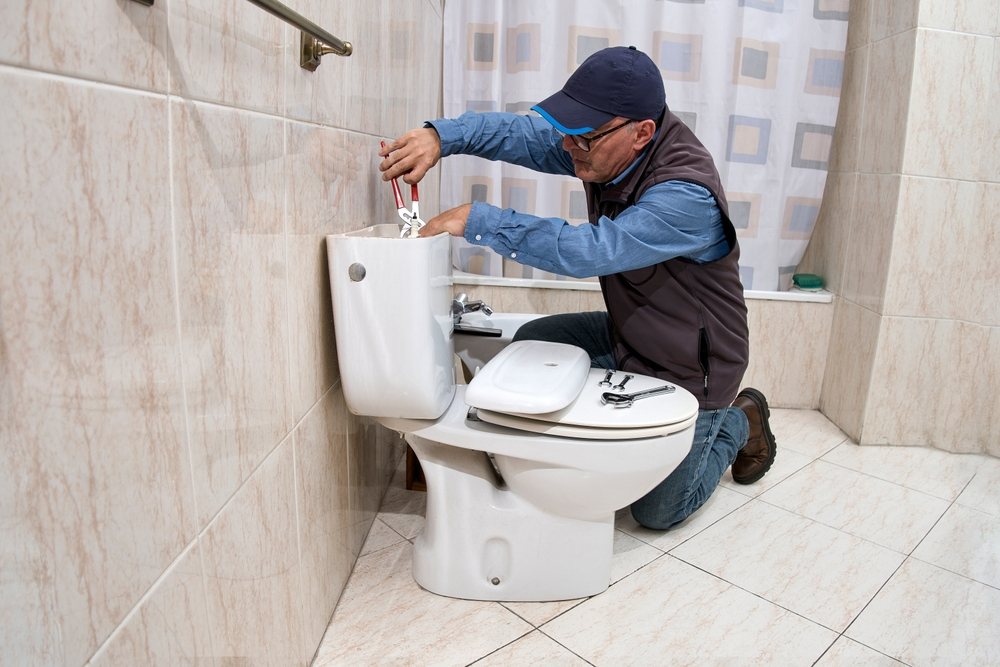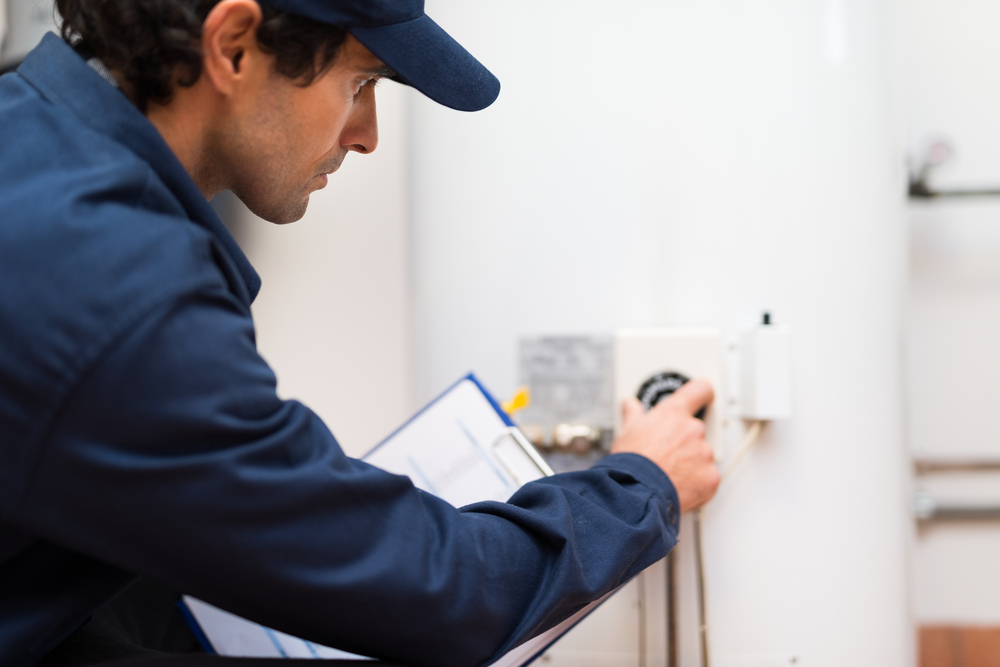The Ultimate Guide to Toilet Repair and Replacement: Tips and Tricks for a Flawless Flush
Maintaining a well-functioning toilet is vital for a hygienic and comfortable bathroom. Toilets can develop various issues over time that hinder their performance and disrupt daily life. Addressing these problems promptly ensures your bathroom remains functional and clean. With the rise in DIY repairs, many homeowners can save money by tackling common toilet issues themselves. This comprehensive guide provides detailed tips and tricks for both toilet repair and replacement, ensuring you can maintain a flawless flush.
Understanding Common Toilet Issues
Common Problems
- Clogs: Clogs are one of the most frequent toilet issues. They can be minor, requiring only a simple plunger, or severe, necessitating more advanced tools like an auger or professional intervention.
- Leaks: Leaks can occur at various points, such as the base of the toilet, around the tank, or from the water supply line. Leaks can cause water damage to your bathroom floor and waste a significant amount of water.
- Running Water: A toilet that runs continuously can waste a substantial amount of water, leading to increased water bills and environmental waste.
Causes
- Old or Damaged Parts: Over time, the components of a toilet can wear out or break, causing leaks, clogs, or continuous running water. Common parts that may fail include the flapper, fill valve, flush valve, and various seals and gaskets.
- Improper Use: Flushing inappropriate items like paper towels, sanitary products, or excessive amounts of toilet paper can cause clogs. Only flush waste and toilet paper to avoid such issues.
- Underlying Plumbing Problems: Issues with the plumbing system, such as blockages in the sewer line or problems with the water supply, can affect toilet performance. These problems often require professional attention.

Importance of Root Cause Identification
Before attempting any repairs, it’s crucial to identify the root cause of the issue. Misdiagnosing a problem can lead to ineffective repairs, further damage, and wasted time and money. By accurately pinpointing the source of the problem, you can apply the correct solution and ensure lasting repairs.
Basic Toilet Repair Techniques
Unclogging a Toilet
1. Plunger Method:
- Step 1: Preparation: Ensure you have a quality plunger with a flange, which is more effective for toilets.
- Step 2: Position the Plunger: Place the plunger cup over the toilet drain, ensuring it completely covers the hole.
- Step 3: Plunge Correctly: Push down gently to expel air, then pull up sharply to create suction. Repeat the push-pull motion several times.
- Step 4: Check the Results: Flush the toilet to see if the water drains correctly. If not, repeat the plunging process.
2. Auger Method:
- Step 1: Preparation: Use a toilet auger, also known as a plumbing snake, designed specifically for toilets.
- Step 2: Insert the Auger: Extend the auger cable into the toilet bowl and guide it into the drain.
- Step 3: Crank the Handle: Rotate the handle clockwise to push the auger through the clog.
- Step 4: Clear the Clog: Once you feel resistance, push and pull the auger to break up the clog. Retract the auger and check if the clog is cleared by flushing.
Fixing a Running Toilet
1. Inspect the Flapper:
- Step 1: Remove the Tank Lid: Carefully lift the lid off the toilet tank and set it aside.
- Step 2: Check the Flapper: Look for signs of wear, such as warping, cracks, or brittleness.
- Step 3: Replace the Flapper: If the flapper is damaged, disconnect it from the chain and flush valve, then attach a new flapper.
2. Adjust the Float:
- Step 1: Identify the Float Type: Determine if your toilet uses a float ball or a float cup.
- Step 2: Adjust the Float Height: For a float ball, bend the arm gently to lower or raise the ball. For a float cup, adjust the clip on the fill valve shaft.
- Step 3: Test the Adjustment: Flush the toilet and observe the water level. Adjust further if necessary to stop water from flowing into the overflow tube.

Replacing a Flapper
1. Turn Off Water Supply:
- Step 1: Locate the Shutoff Valve: Find the valve behind the toilet, usually near the floor.
- Step 2: Turn Off the Valve: Rotate the valve clockwise to shut off the water supply.
2. Drain the Tank:
- Step 1: Flush the Toilet: Flush the toilet to empty the tank.
- Step 2: Sponge Out Remaining Water: Use a sponge or towel to remove any remaining water from the tank.
3. Remove Old Flapper:
- Step 1: Disconnect the Chain: Unhook the chain from the flush lever.
- Step 2: Remove the Flapper: Detach the flapper from the flush valve pegs or rings.
4. Install New Flapper:
- Step 1: Attach the New Flapper: Connect the new flapper to the flush valve pegs or rings.
- Step 2: Reconnect the Chain: Attach the chain to the flush lever, ensuring it has a slight slack when the flapper is closed.
Necessary Tools and Materials
- Plunger: Essential for clearing clogs.
- Toilet Auger: Useful for tougher clogs.
- Adjustable Wrench: Handy for various adjustments and part replacements.
- Screwdriver: Required for tightening or loosening screws and bolts.
- Replacement Parts: Flapper, float, fill valve, etc., depending on the repair needed.
When to Call a Professional
Complex Issues
- Severe Clogs: When a plunger or auger doesn’t work, the clog may be deep within the plumbing system, requiring professional plumber tools and expertise.
- Leaks in the Plumbing System: If you suspect leaks in the pipes or connections that you can’t access or fix, it’s best to call a professional.
Lack of Experience
- Complicated Repairs: If you’re unsure about any repair, it’s best to seek professional help to avoid further damage. Professionals have the expertise to handle complex repairs safely and efficiently.
Safety Precautions
- Handling Heavy Parts: Toilets and tanks can be heavy. Use proper lifting techniques to avoid injury.
- Water Damage: Be cautious of water damage when dealing with leaks. Turn off the water supply before starting any repair.

Signs It’s Time for a Toilet Replacement
Frequent Repairs
- If your toilet requires frequent repairs, it may be more cost-effective to replace it. Constantly fixing issues can be frustrating and expensive.
Cracks or Damage
- Cracks in the porcelain can lead to leaks and inefficiency. Check the bowl and tank for visible cracks, especially if you notice unexplained water puddles around the toilet.
Benefits of Replacing an Old Toilet
- Improved Water Efficiency: Newer models use less water per flush, conserving water and lowering your water bill. High-efficiency toilets (HETs) use 1.28 gallons per flush (GPF) or less, compared to older models that can use up to 3.5 GPF.
- Enhanced Comfort: Modern toilets often come with improved designs, such as comfort height and elongated bowls, providing better ergonomics and comfort.
Choosing the Right Toilet Replacement
Distance from Wall to Bolts:
- Step 1: Measure the Rough-In: Measure the distance from the wall behind the toilet to the center of the bolts that hold the toilet to the floor.
- Step 2: Standard Rough-In Measurements: The standard rough-in measurements are 10, 12, or 14 inches. This measurement is crucial for ensuring the new toilet fits properly.
Considering Water-Saving Features
1. Dual-Flush Toilets:
- Benefits: Dual-flush toilets offer separate flush options for liquid and solid waste, saving water. Typically, a half-flush uses about 0.8 GPF, while a full flush uses around 1.6 GPF.
- Environmental Impact: By using less water, dual-flush toilets help reduce the overall water footprint of your household.
2. Low-Flow Toilets:
- Benefits: Low-flow toilets use less water per flush, meeting modern efficiency standards. They typically use 1.28 GPF or less.
- Cost Savings: Reduced water usage translates to lower water bills over time, making low-flow toilets a cost-effective investment.
Choosing the Right Style
1. One-Piece vs. Two-Piece:
- One-Piece Toilets: These toilets have a seamless design, making them easier to clean. They often have a sleek, modern appearance but can be more expensive.
- Two-Piece Toilets: These toilets have a separate tank and bowl. They are typically less expensive and easier to transport and install. However, the seam between the tank and bowl can be harder to clean.
2. Bowl Shape:
- Round Bowls: These bowls are compact and suitable for smaller bathrooms. They are often more affordable but may be less comfortable for some users.
- Elongated Bowls: These bowls offer more surface area and are generally considered more comfortable. They do, however, require more space and are usually more expensive.
Importance of Quality and Brand
- Reputable Brands: Investing in a toilet from a reputable brand ensures longevity and reliability. Brands like Kohler, American Standard, and Toto are known for their quality and performance.
- Warranty and Support: Quality brands often offer warranties and customer support, providing peace of mind and assistance if issues arise.
Conclusion
Maintaining your toilet through regular repairs and knowing when to replace it can save you time, money, and inconvenience. By understanding common plumbing issues, performing basic repairs, and choosing the right replacement when necessary, you can ensure a functional and efficient bathroom. Remember to address problems promptly to avoid costly damage in the future. Thank you for reading, and feel free to share your own toilet repair and replacement experiences in the comments below.
By following this guide, you can confidently handle toilet repairs and replacements, ensuring your bathroom remains in top condition. Regular maintenance and prompt attention to issues will help you avoid costly repairs or replacements in the future. Feel free to share your own tips, tricks, and experiences in the comments below.
Plumbing Services CA
https://maps.app.goo.gl/31Yt4rhDrainzNJ4A
(279) 203-0765
https://plumbingservicesca.com/
